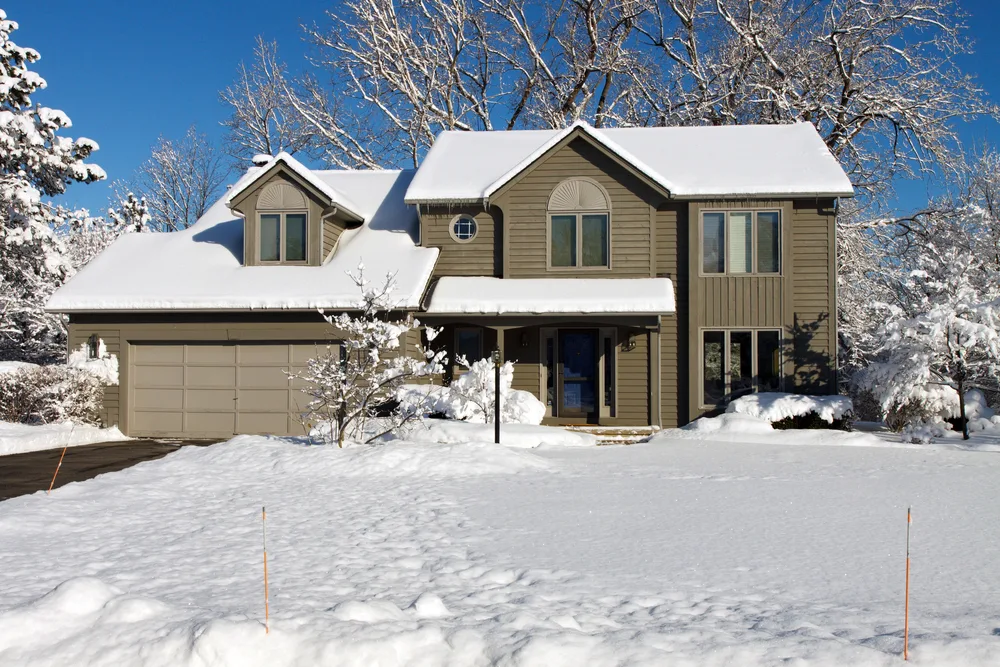
When trying to live a sustainable way of life, one of the goals is to switch to renewable sources of power to keep your home warm.
You can run an efficient wood-burning or biomass stove, run electric heaters from solar panels, a wind turbine or hydro-electric setup. Perhaps you can even ‘borrow’ heat from the ground with a ground source heat pump.
But new heating systems don’t come cheap. You may not be able to switch to a more sustainable system right away.
Energy conservation measures can help you save money on your monthly bills and save up for a greener way to keep your home warm.
If you have already been able to de-couple from damaging energy systems and live off-grid, you will know that even when you are entirely energy independent, some economies are often required.
Depending on your set up, you may have to be careful about your energy use, and think sensibly about how you heat your home.
Even when the energy you are using is the greenest of the green, it is a great idea to conserve energy wherever possible.
These 40 tricks and tips are all designed to help you save energy when it comes to heating your home:
Keep Yourself Warm Without Heating Your Home

Before you consider expending any energy to heat your home, it is important to consider whether you really need additional heating at all.
The first stage in energy conservation is thinking about how you can stay warm in your home without having to turn up the thermostat or put more fuel on the fire.
Here are a few simple tricks to employ to stay warm indoors whatever the weather:
1. Put on a jumper – wear layers. (Natural materials like wool are great for staying warm. Just be sure to choose options from an ethical, sustainable and cruelty free source.)
2. Make sure your feet stay warm with some cozy slippers or thick socks to wear indoors.
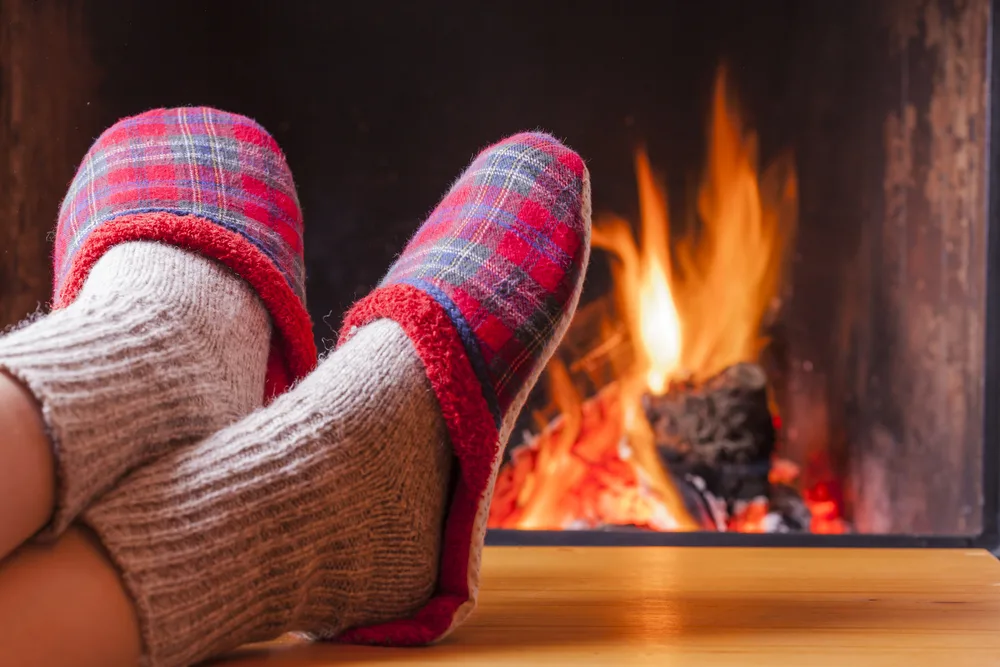
3. Get some exercise and keep your blood flowing.
4. Make full use of the heat generated by cooking. (For example, leave the oven door ajar after cooking to let the heat out into the room.)
5. Make sure you eat healthy, hearty meals to fuel your body and stay warm.
6. Put extra blankets on your bed, and use throws to snuggle up when you are relaxing in your living space.
7. Use a hot water bottle to provide localised heat when in bed or relaxing elsewhere in your home.
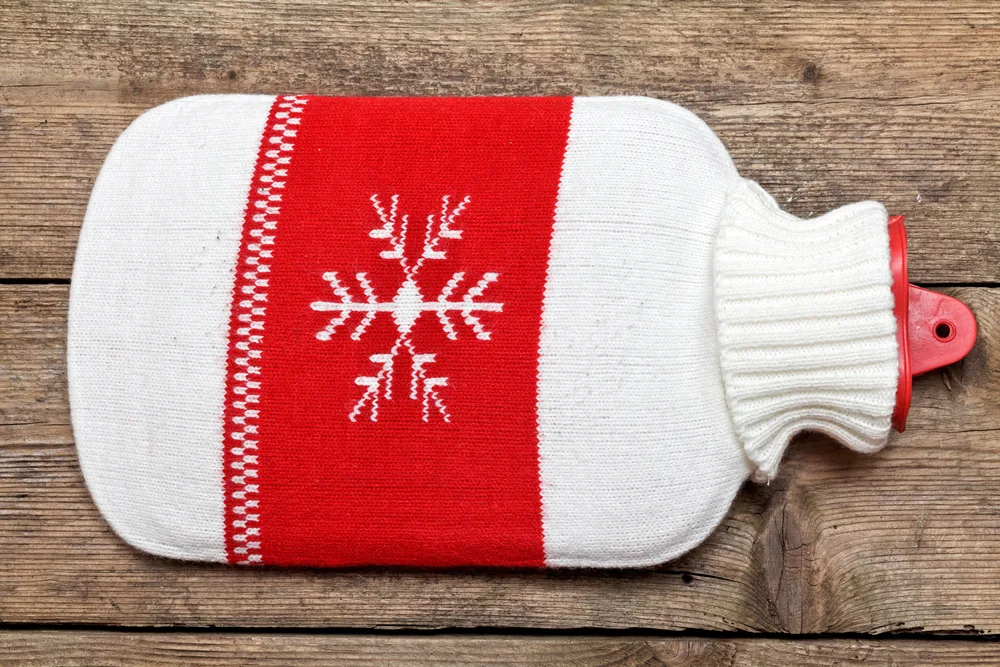
8. Warm your sheets with an old-fashioned bed warmer.
9. Keep your hands toasty with hand warmers.
10. Invite some friends round. (The extra body warmth will heat the space.)
11. Get some pets. (Their body heat, too, can help keep off the chill.)
Of course, there will still be times when additional heating will be required.
But trying these tips and tricks above should help to reduce the frequency and duration of energy expenditure that is required to keep your home warm.
Keep Your Home Warm With Passive Solar Design
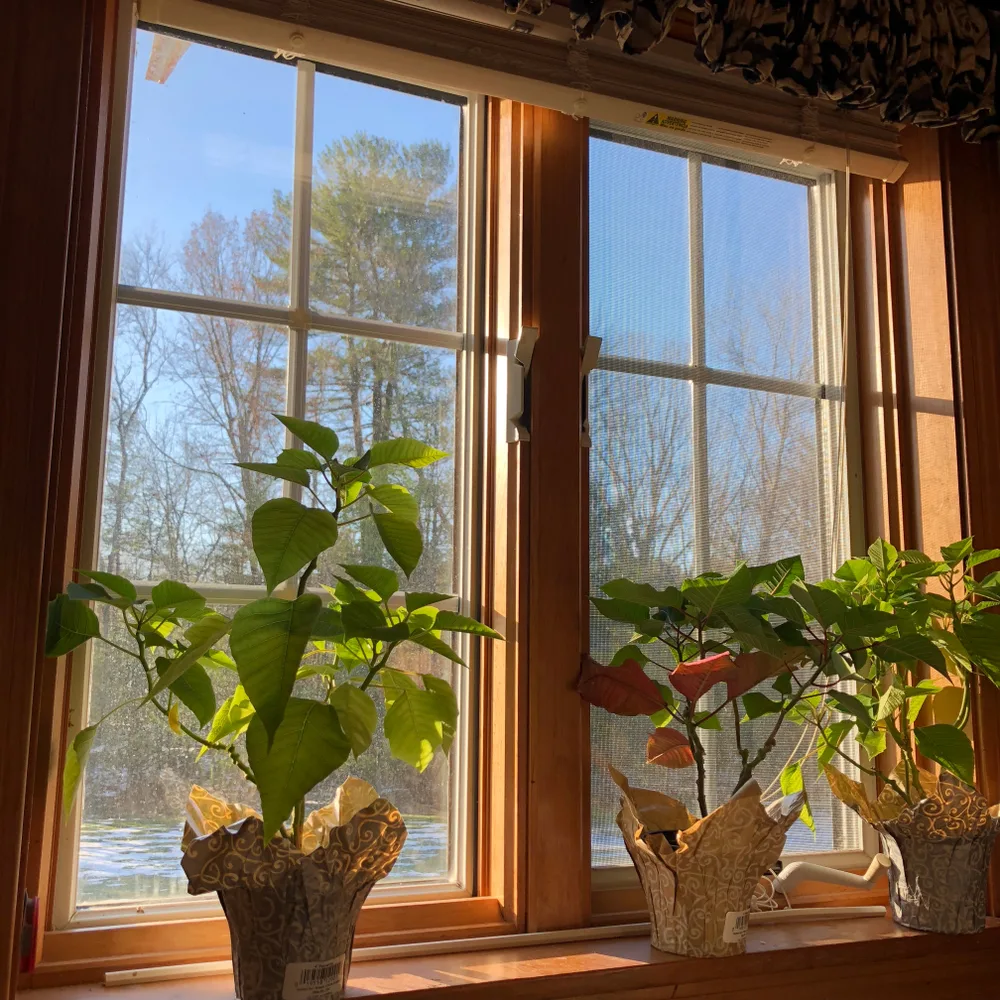
Another thing that can help you to reduce your energy requirements and keep your home warm all year round is passive solar design.
What is Passive Solar Design?
Passive solar design is all about making sure that the space is cool enough in summer, and warm enough in winter. It is about creating a light, bright and comfortable space.
It involves recognising how and when sunlight enters the space, and taking measures to ensure that the energy from the sun is allowed in and retained.
This can help to create comfortable light levels and temperatures throughout each day and throughout the year.
By implementing passive solar design, home owners can reduce energy bills within their home and move closer to a more sustainable and eco-friendly way of life.
Paying attention to the sun really is the number one trick that will help you keep your home warm this winter!
No matter how else you add additional heat to your home, improving passive solar design will help you reduce your additional energy use and keep things cosy.
How to Improve the Passive Solar Design of Your Home
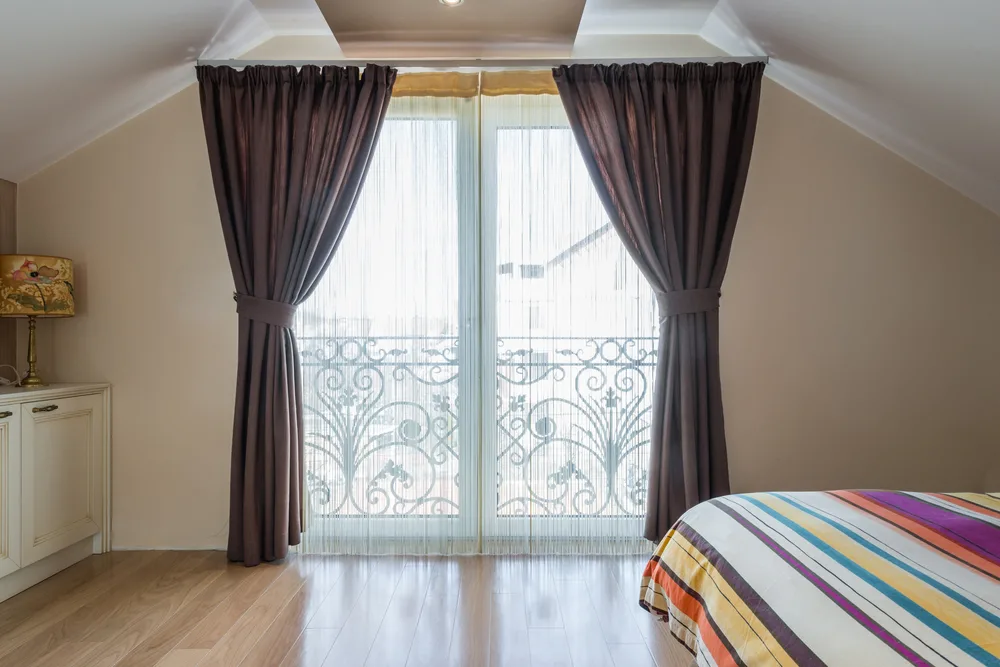
New built properties should always be constructed with the principles of passive solar design in mind.
But of course, if you live in an older property, it may not have been sensibly designed to take advantage of the heat and light that the sun can provide.
Here are some measures that you might be able to take to harness the power of the sun more effectively:
12. Consider adding a south facing sun room/ conservatory/ lean-to greenhouse to your home, to let the sun in.
13. Think about making larger glazed areas on the south side of your home.

14. Consider adding a south facing skylight to let more light in from above.
15. Clear foliage from in front of south facing windows (in the northern hemisphere) to let more sunlight in.
16. Make sure the drapes or blinds are drawn back during the day (but closed at night).
17. Add thermal mass to your home to store the sun’s heat and release it gently at night. This will help keep temperatures more stable. Materials with good thermal mass include stone, brick, concrete, ceramics (tiles etc.) and water.
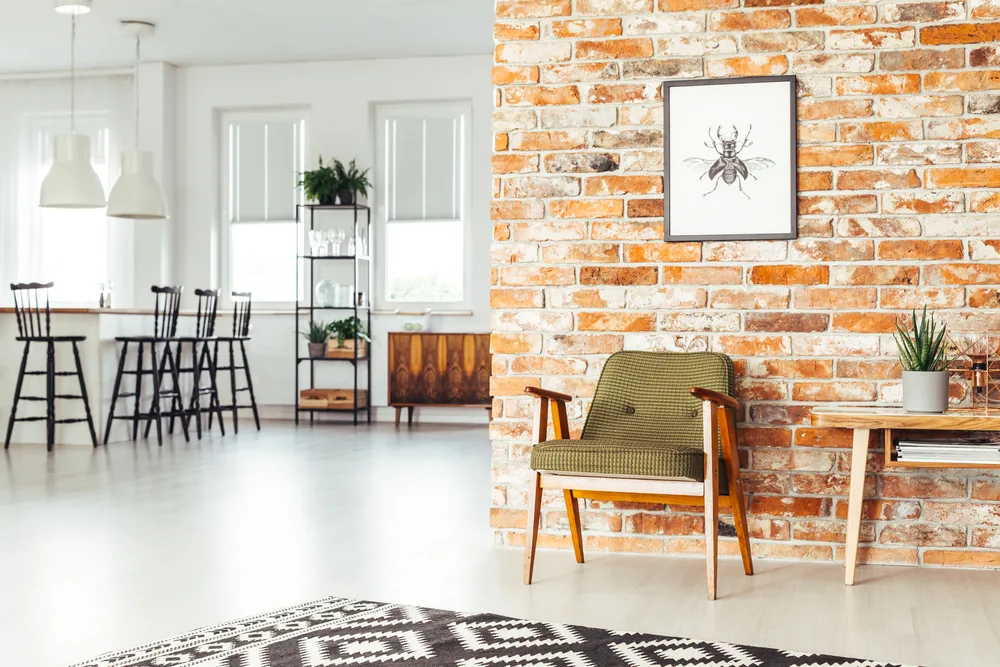
18. Use black/ dark materials which will absorb more of the sun’s heat when sun shines in during the day.
19. Choose natural materials (like wood, wool etc) that feel warmer against the skin when furnishing and finishing your home. (For example, a natural wooden toilet seat will feel much warmer than a plastic one, as well as being kinder to the planet. Plenty of soft furnishings can also help things feel snug.)
20. Place chairs in a sunny spot. That will mean they will already be warmer than ones placed out of direct winter sunlight.
Keep Your Home Warm By Reducing Air Flow & Heat Loss
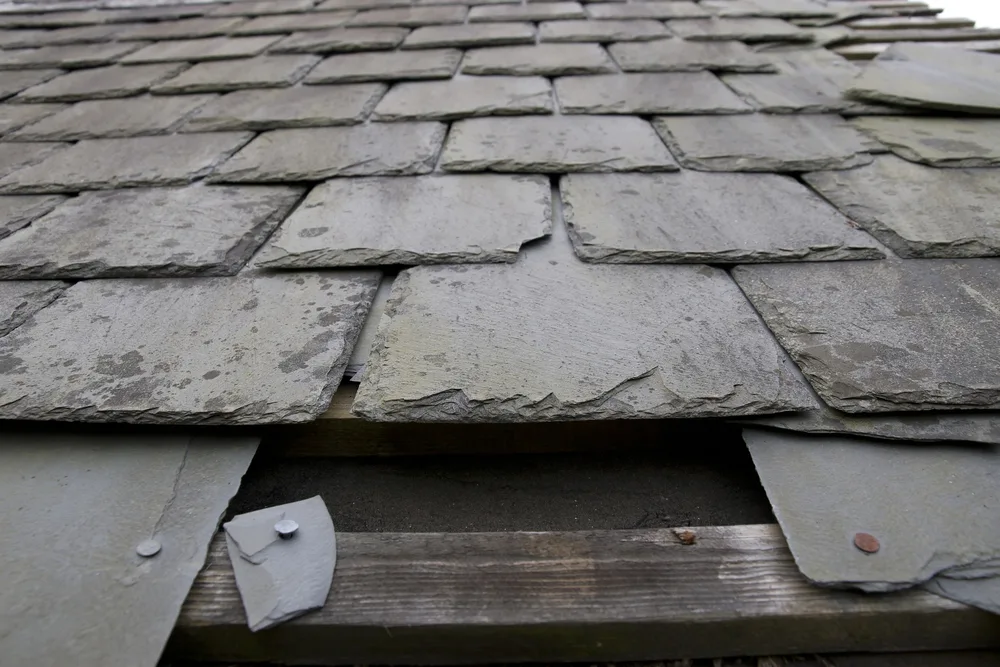
Of course, no matter how well your home is designed, it will be difficult to keep it warm if heat can easily escape.
Here are some hints to help you ensure that your home does not loose too much heat too quickly:
21. Make sure your roof is in good repair and, for example, replace any missing tiles.
22. Make draft excluders to place under doors.
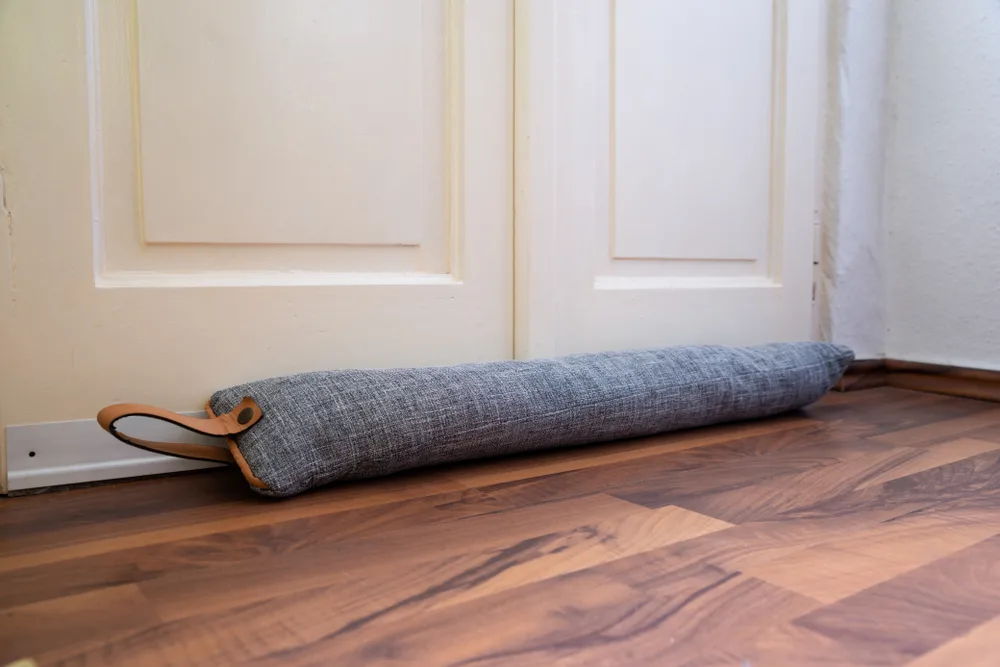
23. Create some DIY double glazing to prevent heat escaping through leaky windows.
24. Consider temporarily blocking ventilation bricks/ air bricks during particularly cold weather.
25. Use a flue blocker or DIY chimney blocker to prevent heat loss through a chimney that is not in use.
26. Add doors/ partitions so as to reduce heat loss from living areas you are using (and heating) to other less used parts of your home. Close off rooms you are not using so you can heat just the spaces you are using.
27. Plant wind-break hedging/ shelter belt trees to reduce the effects of wind cooling on your property.

Keep Your Home Warm With Improved Insulation
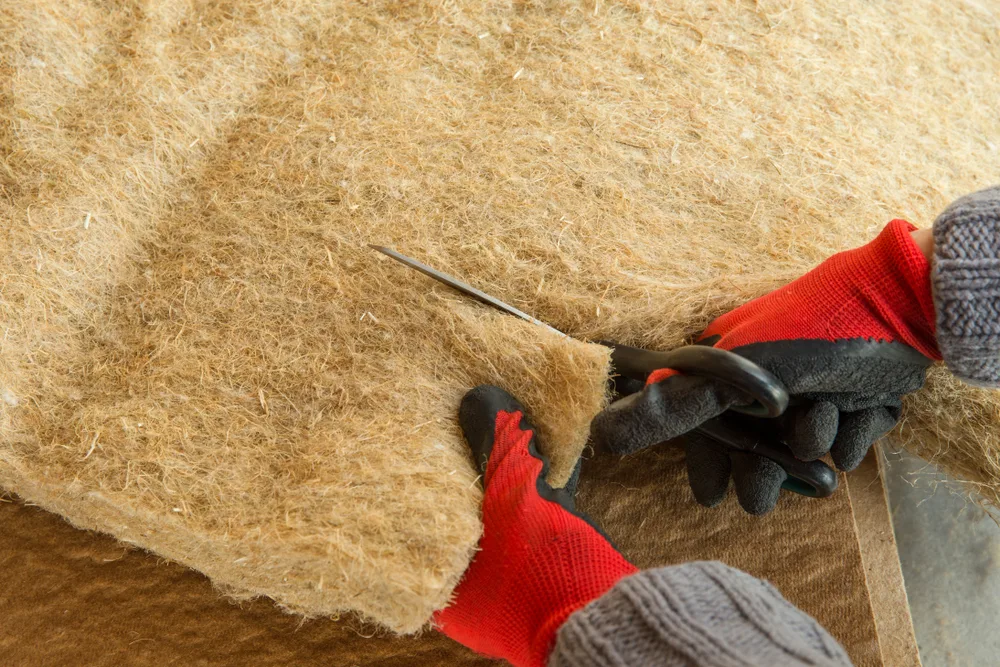
Plugging gaps is just part of the picture. Your home will also lose heat through the roof, walls, windows and doors and the floor.
Improving the insulation in your home will definitely make a huge difference to how effectively heat can be retained.
28. Invest in insulation for your walls. (Where there is not much space to insulate inside, you could consider adding solid external insulation. Marketed ‘thermal paints’ are unlikely to make a huge amount of difference.)
29. Consider purchasing eco-friendly loft insulation – for example, there are options made with wool, recycled newspapers, or even recycled jeans. (Such insulation could also potentially be added to sub-floor areas or wall cavities.)
30. Roll out natural rugs or carpets for DIY insulation between floors in your home, and to prevent loss to the ground on the lowest floor.
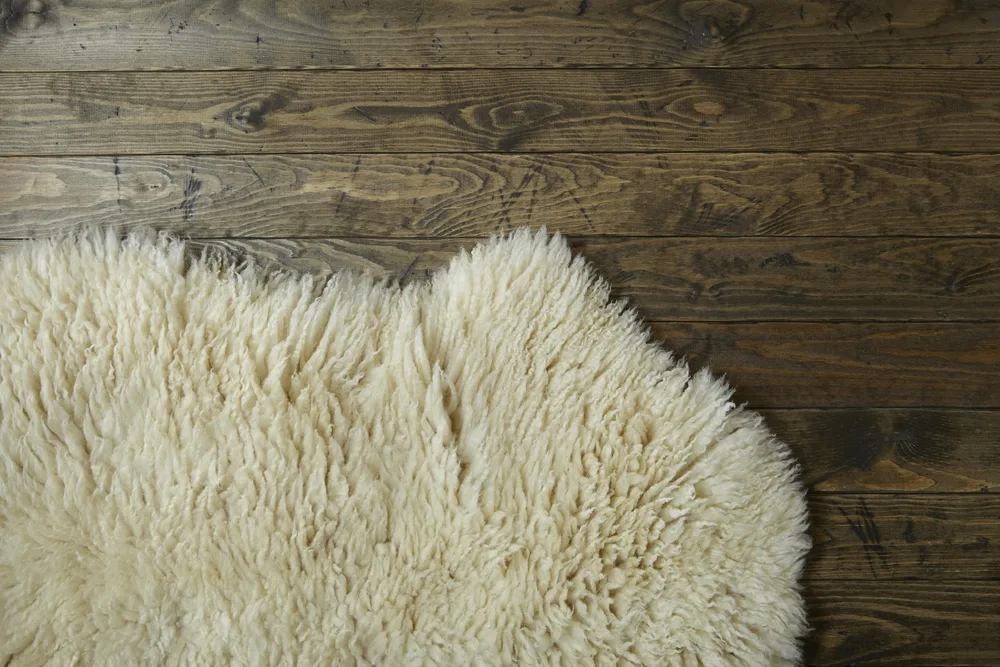
31. Make some thermal blinds to keep in the heat.
32. Think about growing evergreen climbers on the north and east sides of your home. They can not only look good but also provide some degree of insulation.
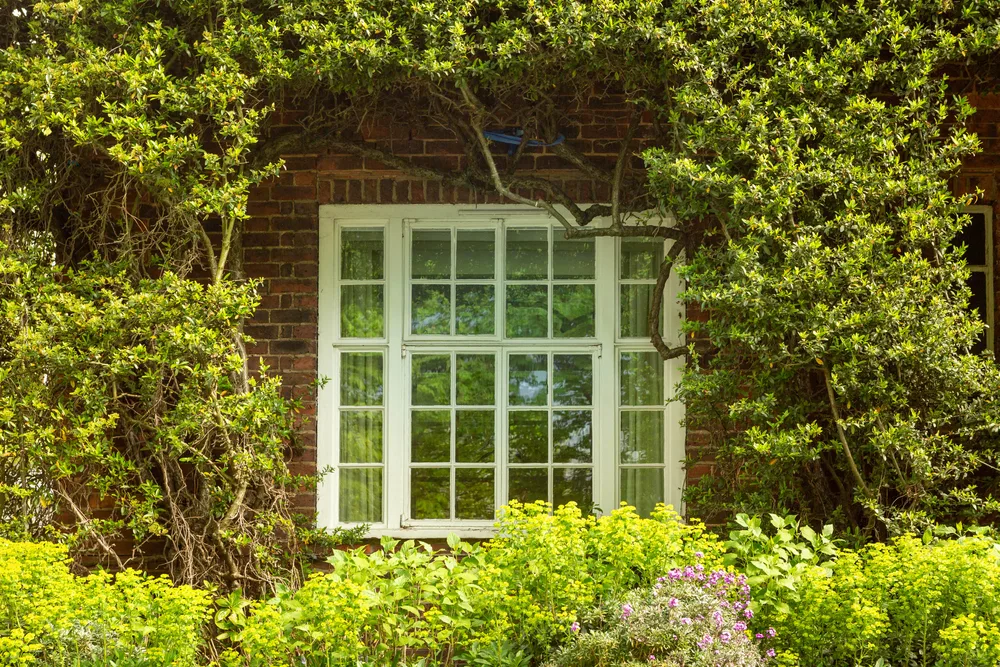
If your home is already well insulated, you may eventually be able to consider adding a heat recovery system for even greater energy efficiency.
Keep Your Home Warm With a Space Heater
33. Consider improving efficiency if you heat your home with wood by making a DIY rocket mass stove.
34. Make a DIY solar heater from tin cans.
35. Make a candle-powered pottery heater.
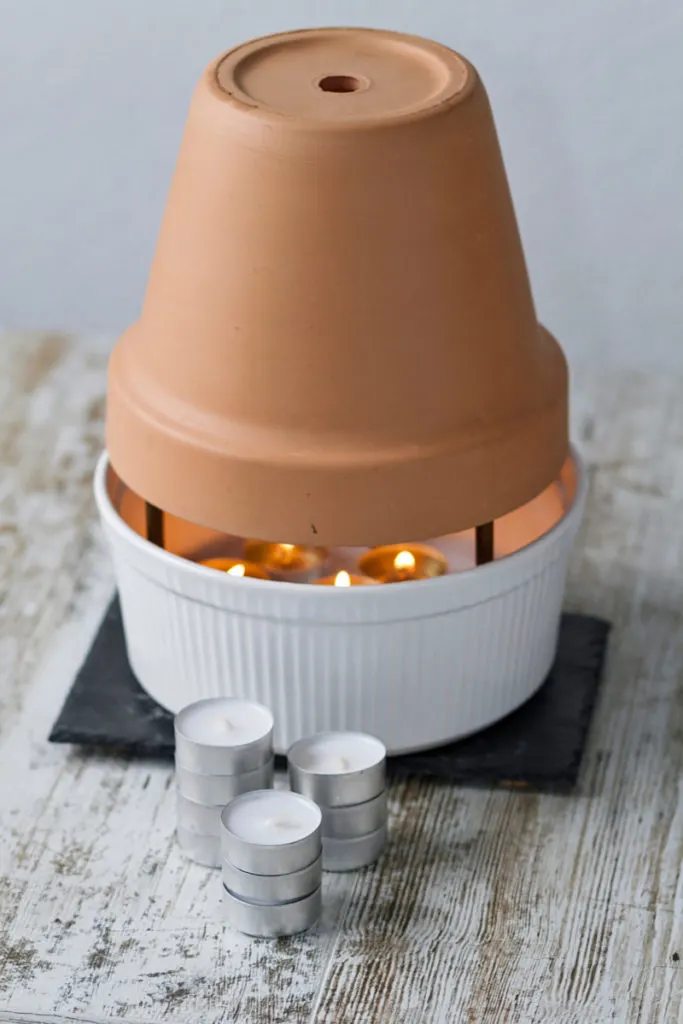
Improve the Efficiency of An Existing Wood Stove
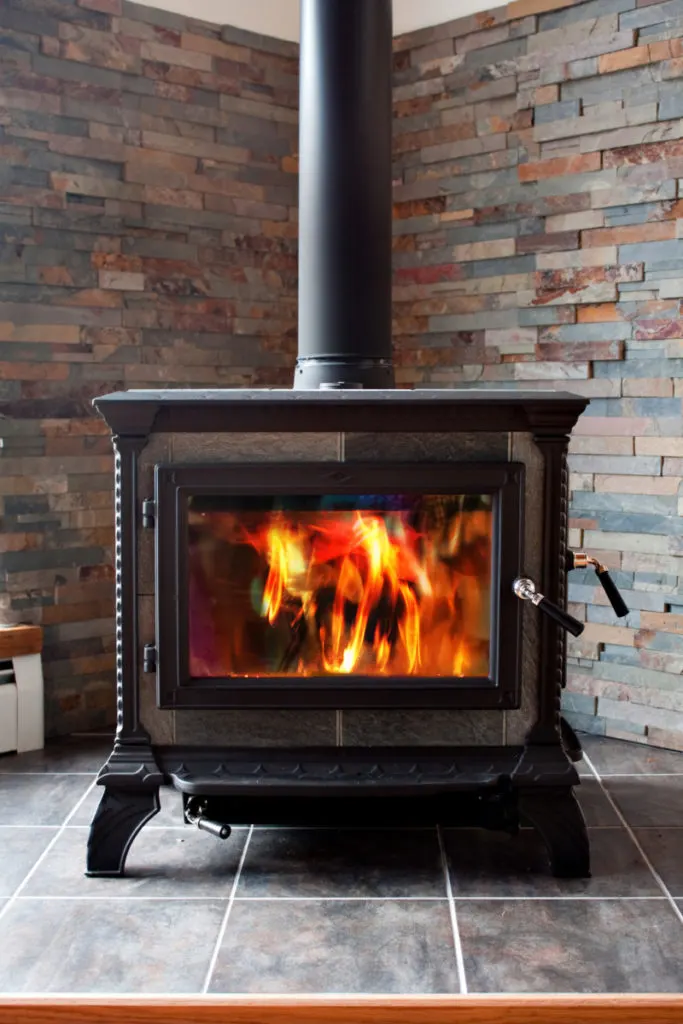
If you already have a wood-burning stove in your home, there are also certain tricks you can employ to make sure that it is working as efficiently as possible to keep your home warm this winter:
36. Make sure the flue is clean and clear.
37. Choose the right firewood. Some woods, such as oak and ash, for example, are much better than others for your stove.
38. Make sure that the wood you use on your fire is properly seasoned.
39. Make sure that you set the stove for the right amount of draw. (Too much airflow and you will burn through the fuel too quickly, too little airflow and it may not burn as hot.)
40. Consider adding a stove fan to help warm air from the stove circulate around your home.
These are just some additions and changes you can make, and tricks you can employ, to keep your home warm this winter.

Get the famous Rural Sprout newsletter delivered to your inbox.
Including Sunday musings from our editor, Tracey, as well as “What’s Up Wednesday” our roundup of what’s in season and new article updates and alerts.


